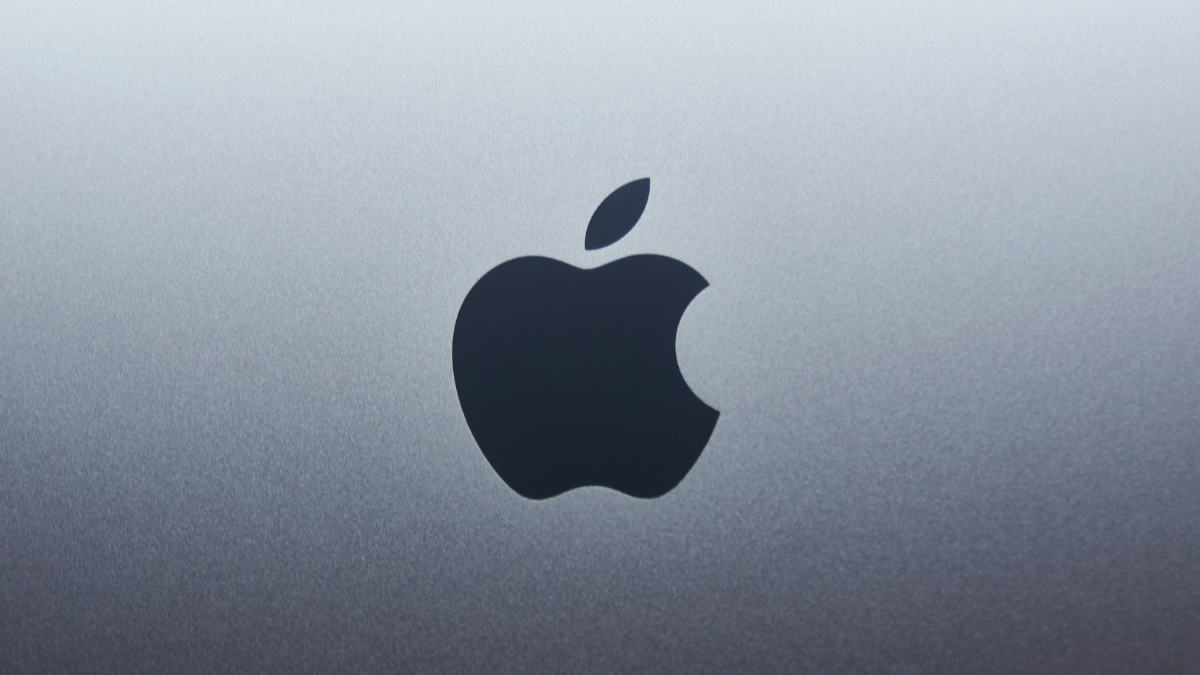The evolution of Apple’s digital ID features in the Apple wallet continues on-and-on-more convenience for travelers and use with-both special and daily scenarios. The Apple Wallet IDs are now eligible for use at several airports across the USA for identity confirmation at TSA check-in points. These include-
Baltimore/Washington international thurgood Marshall airport (BWI)
- Ronald Reagan Washington National Airport (DCA)
- Phoenix Sky Harbor International Airport (PHX)
- Denver International Airport (DEN)
- Hartsfield–Jackson Atlanta International Airport (ATL)
- Cincinnati/Northern Kentucky Airport (CVG)
- John Glenn Columbus International Airport (CMH)
- San Francisco International Airport (SFO)
- San Jose Mineta International Airport (SJC)
- Los Angeles International Airport (LAX)
- Daniel K. Inouye International Airport (HNL)
- Des Moines International Airport (DSM)
- Eastern Iowa Airport (CID)
- Albuquerque International Sunport (ABQ)
- Lea County Regional Airport (HOB)
- Luis Muñoz Marín International Airport (SJU)
At these locations, travelers can tap their iPhones or Apple Watches at TSA readers, eliminating the need to show a physical ID. Apple advises travelers to check TSA signage for feature availability and consult the TSA website for additional details.
Beyond airports: Apple wallet IDs in everyday use
Digital ID by Apple has gone beyond airport purposes and into some use in normal everyday affairs. In September, it informed the public that the Apple Wallet ID holders can sign up for CLEAR, which is a biometric program of security at some airports. That will facilitate and enhance identification in an immediate and safe mode.
Furthermore, not only can Apple Wallet IDs serve as proof of age or identity in certain venues and businesses across the U.S.A., but the California-based tech giant does not currently maintain a comprehensive list of sites to this effect, leaving users to discover its relevance case by case.
Although digital IDs can be very useful for many reasons, some users have expressed concern about privacy and even about what happens if people are required to hand over devices. According to Apple, these concerns are dispelled by emphasising that this feature is identical to Apple Pay. This means that a user can simply tap their device on the reader to do the information transfer without unlocking the device or handing it over.
A gradual rollout with big implications
Apple has staged the gradual introduction of digital ID into its wallet in some states and airports, leaving room for more to come. This cautious approach guarantees that the needed infrastructure, including compatible readers, is in place at all TSA checkpoints, law enforcement agencies, and businesses. While states like Illinois are beginning to carry out their own_ID systems, they do not integrate into Apple Wallet as yet_ , emphasizing the fragmented nature of digital ID adoption.
Most people perceive digital IDs as a complementary replacement for physical IDs, as most of the time, people still need to carry some traditional identification. For many travel purposes, this generally holds true; driver licenses or passports are still required in almost every situation. The one convenience of digital IDs will most likely grow quickly and become relevant in everyday situations such as picking up prescriptions or verifying age at stores as Apple continues to enhance the feature through additional partners.
Emerging features of Apple Wallet represent a shift toward a future that is increasingly digital and even more convenient, but the work goes on for widespread readiness.
